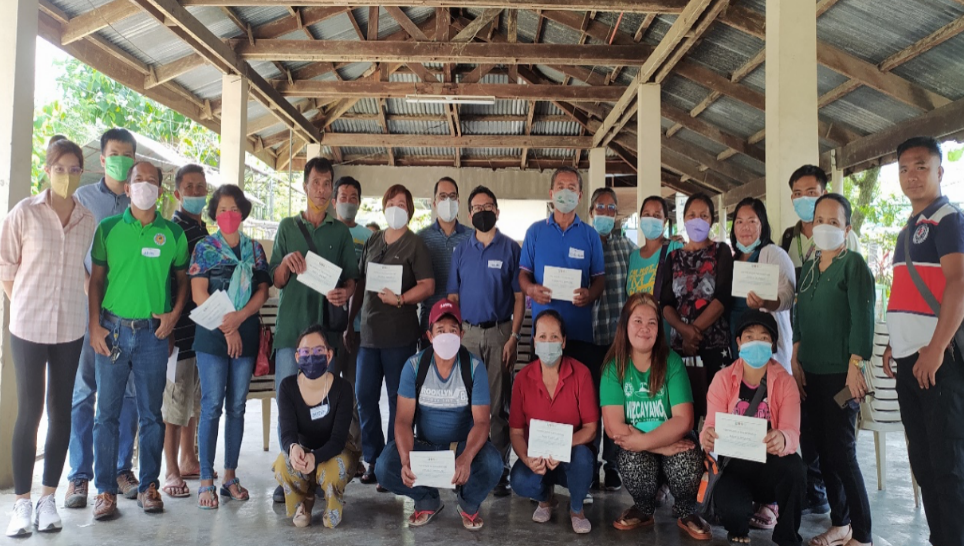
Watersheds, comprising terrestrial, freshwater, and coastal ecosystems in a land area that drains to a common water source, provide benefits such as water supply and purification, provision of habitat for wildlife, carbon sequestration, climate regulation, and recreation (Postel and Thompson, 2005). The services that watersheds produce sustain agriculture, fisheries, commercial industry, transport and tourism (Cruz, 2013).
While these benefits or ecosystem services are recognized to be important, the absence of the economic value and the public good nature of these services lead to the overuse and exploitation of these goods and services. Extractive activities such as land conversion, illegal logging, and unsustainable swidden agriculture negatively influenced the capacity of ecosystems to provide services.
Implementing PES mechanism as an approach towards sustainability is a relatively novel approach in environmental conservation. PES mechanisms create a market for ecosystem services by making users/beneficiaries pay for the services while compensating conservation activities of service providers. These compensation are often based on the estimate of the provider’s forgone income from foregoing extractive uses (Nabangchang, 2014). PES ensures improvements in the ES through sustaining market driven incentives for conservation.
Barobbob watershed covers 868.79 ha of land, most of which are categorized as secondary forests (65.33%) and grassland (30.59%), under the jurisdiction of Bayombong and Solano, Nueva Vizcaya (Combalicer et al., 2007). The watershed supplies water in the area and downstream communities for domestic and irrigation use; however, water shortages are observed during the dry season (Carig, 2016). Thus, there is a need to incentivize sustainable management among the upland dwellers to improve the water supply capacity of the watershed.
While the mechanism has already been implemented in several areas in the country, this action research is needed to design a PES-mechanism tailor-fit to the needs of the Barobbob watershed stakeholders to be successful and contribute to enrichment of documentation of PES in the Philippines. This study consciously integrates the science, economics, and institutions and governance aspects of PES while continuously engaging and capacitating stakeholders.
The results of this study are envisioned to provide inputs to a national policy on PES. A national policy may stimulate the establishment of PES mechanisms across the country, boosting efforts for sustainability and contribute to the Department of Science and Technology’s Policy Agenda for 2021 to 2022 on the institutionalization of a sustainable
financing mechanism.



